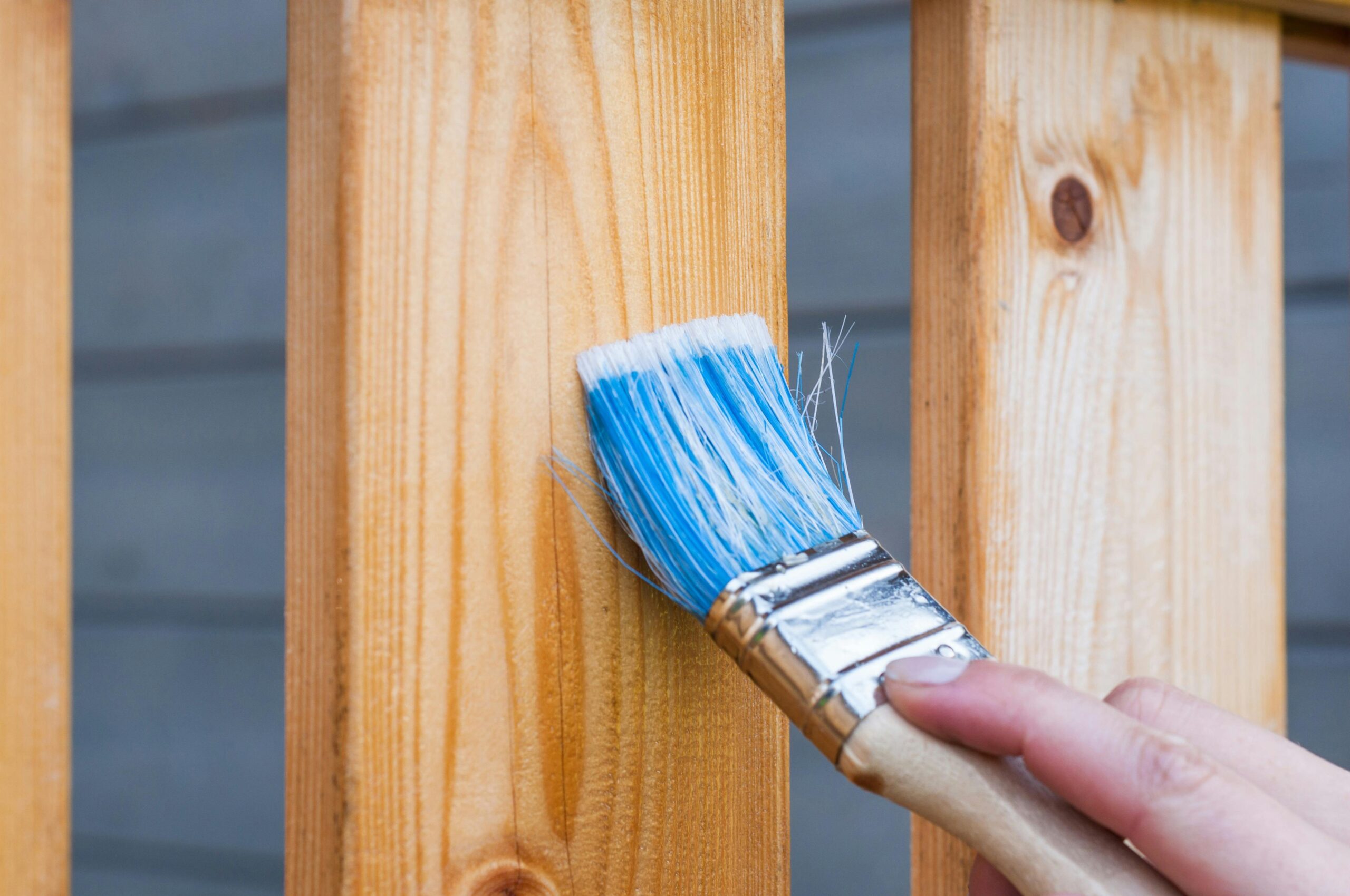Introduction: Why DIY Fence Kits are the Perfect Solution for Building Your Own Fence
Building a fence around your property not only enhances its aesthetic appeal but also provides privacy and security. While hiring professionals to install a fence can be costly, DIY fence kits offer an affordable and convenient solution for homeowners who want to take on the project themselves. These kits come with all the necessary materials and instructions, making it easier for even novice DIYers to successfully build their own fence.

Step 1: Choosing the Right DIY Fence Kit for Your Needs
Before diving into the installation process, it is crucial to choose the right DIY fence kit for your specific needs. There are various factors to consider when making this decision, such as the purpose of the fence, the desired style, and the materials that best suit your property.
Firstly, determine the purpose of your fence. Are you looking to enhance privacy, keep pets or children safe, or simply add a decorative element to your yard? Understanding the primary function of your fence will help you select the appropriate kit.
Next, consider the style of fence that complements your property. Whether you prefer a classic picket fence, a modern horizontal design, or a sturdy chain-link fence, there are DIY kits available for every style. Take into account the architectural style of your home and the overall aesthetic you wish to achieve.
Lastly, consider the materials that best suit your needs. Wood is a popular choice for its natural beauty, while vinyl offers low maintenance and durability. Aluminum and steel fences provide strength and security, while chain-link fences are cost-effective and practical. Evaluate the pros and cons of each material to make an informed decision.
Step 2: Preparing the Ground and Gathering the Necessary Tools
Once you have chosen the right DIY fence kit, it is time to prepare the ground and gather the necessary tools for installation. Proper preparation is essential to ensure a smooth and successful fence-building process.
Start by surveying your property and marking the boundaries where the fence will be installed. This will help you visualize the layout and determine the number of fence panels and posts required. Additionally, check with local authorities to ensure compliance with any zoning or building regulations.
Next, clear the area of any debris, rocks, or vegetation that may obstruct the installation process. Level the ground using a shovel or a rake to create a smooth surface for the fence panels.
Gathering the necessary tools is equally important. Typical tools required for fence installation include a post hole digger, a level, a tape measure, a hammer, a screwdriver, and a saw. Ensure that you have all the tools readily available before starting the installation process to avoid unnecessary delays.
Step 3: Building Your Fence: A Step-by-Step Guide to Installation and Assembly
Now that you have chosen the right DIY fence kit and prepared the ground, it is time to start building your fence. Follow these step-by-step instructions to ensure a successful installation and assembly process.
1. Start by installing the fence posts. Dig holes using a post hole digger, ensuring they are deep enough to provide stability. Place the posts in the holes and fill them with concrete or gravel to secure them in place. Use a level to ensure the posts are straight and aligned.
2. Once the posts are set, attach the fence panels to the posts using screws or nails. Ensure that the panels are level and evenly spaced. If using a wood fence kit, consider staining or painting the panels before installation to protect them from weather damage.
3. If your fence requires gates, install them according to the manufacturer’s instructions. Ensure that the gates are properly aligned and securely attached to the fence posts.
4. Finally, add any finishing touches to your fence, such as decorative caps or post caps, to enhance its appearance and durability. Regularly inspect and maintain your fence to ensure its longevity.
In conclusion, DIY fence kits offer an affordable and convenient solution for homeowners who want to build their own fence. By choosing the right kit, preparing the ground properly, and following a step-by-step installation guide, you can successfully create a fence that enhances the beauty, privacy, and security of your property. So, roll up your sleeves, gather your tools, and embark on the rewarding journey of building your own fence.
